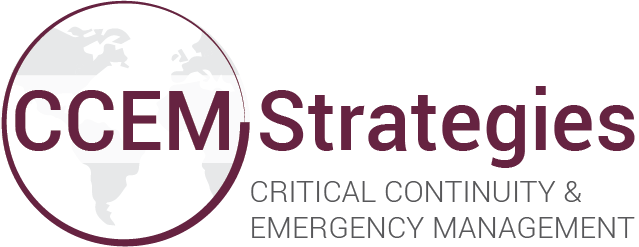When disaster strikes, having a plan in place to protect your workforce is an essential part of your business continuity plan. More often than not, planning and executing an emergency drill takes a backseat among other priorities, but with the frequency of natural disasters on the rise, preparing your organization for an emergency is of utmost importance.
In British Columbia, one of the greatest threats is an earthquake. There are more than 3,000 earthquakes in British Columbia every year, though most are not large enough to cause any damage.
Understanding how to protect yourself and your workforce in an earthquake is crucial, especially with so many earthquake myths floating around. Take matters into your own hands by registering your organization for the 2021 Great BC ShakeOut on October 21st, 2021 at 10:21 am (PST). No matter where you’re located, join millions of people worldwide to practice how to “Drop, Cover and Hold On”.
Although practice makes perfect, participating in the drill isn’t quite enough to prepare your workforce for the “Big One”. To reinforce earthquake procedures, spend some time with your team discussing these points after the drill:
● Feedback - Find out how your team felt during the drill, discuss what can be improved, and welcome any ideas they have to better ready themselves, should an earthquake, or other event, occur.
● Bare necessities - Do your team members have personal emergency kits under their desks? If they needed to stay in the office building, for 4 hours longer than normal, or even 72 hours, do they have everything they need?
● After the quake - What is the process for your staff to make it home? How will traffic routes to people’s homes be impacted during a disaster?
● Don’t forget to check on staff who are working from home.
COVID-19 Considerations
Consider the COVID-19 pandemic in your earthquake preparations. After the drill, discuss together pandemic prevention and guidelines in context of earthquake preparedness; consider the following:
● The addition of extra face masks and hand sanitizer to earthquake kits
● Check in processes for those who are working from home including preparation of electronic and hardcopy call lists; such a list should include:
Land line phone number
Cell phone number
Work email
Personal email
Social media feeds—twitter, facebook, Instagram to enable direct messaging as an alternate to phones
Emergency contact for the employee (name and contact method)
● Some office and commercial buildings have closed or restricted access in order to control the flow of people during the pandemic. If your location has done this, update your evacuation plans to account for these closures.
● Alternative traffic and transportation routes to getting home from the office.
By participating in the Great BC ShakeOut and discussing potential challenges in advance, your workforce will be better prepared for unexpected emergencies. And, if the time comes, you and your staff will be ready for the all hands on deck task of implementing and executing your post event business continuity plan.
Looking for more earthquake tips? Read our post on how to effectively prepare your business for an earthquake.

